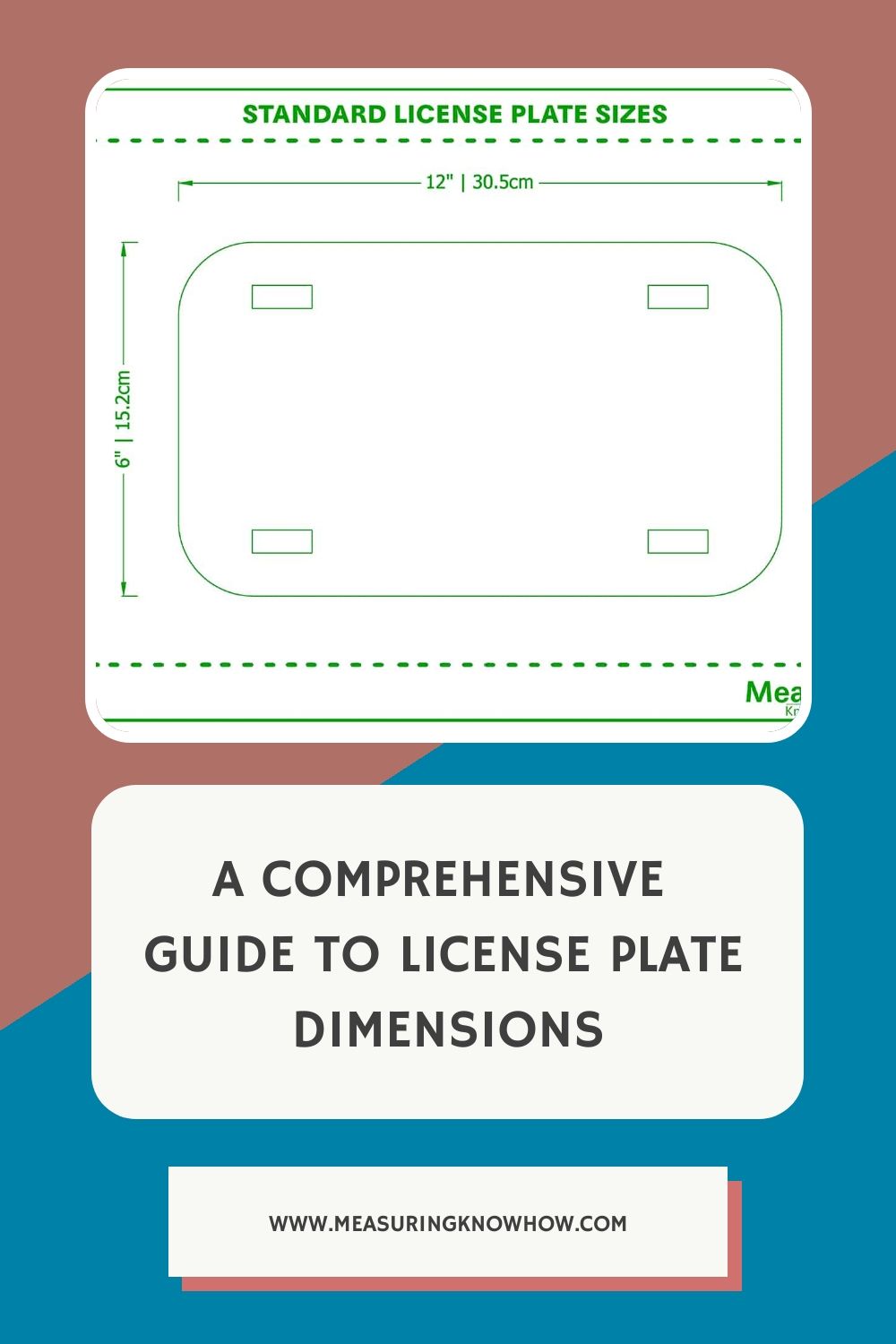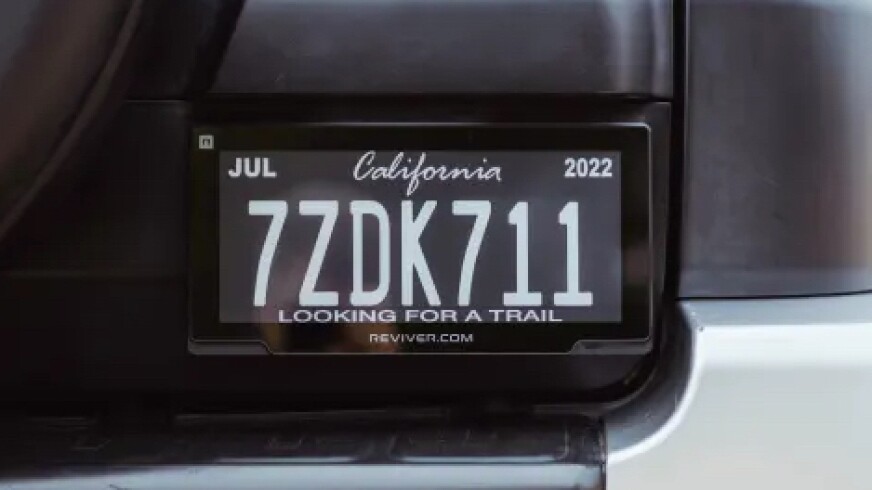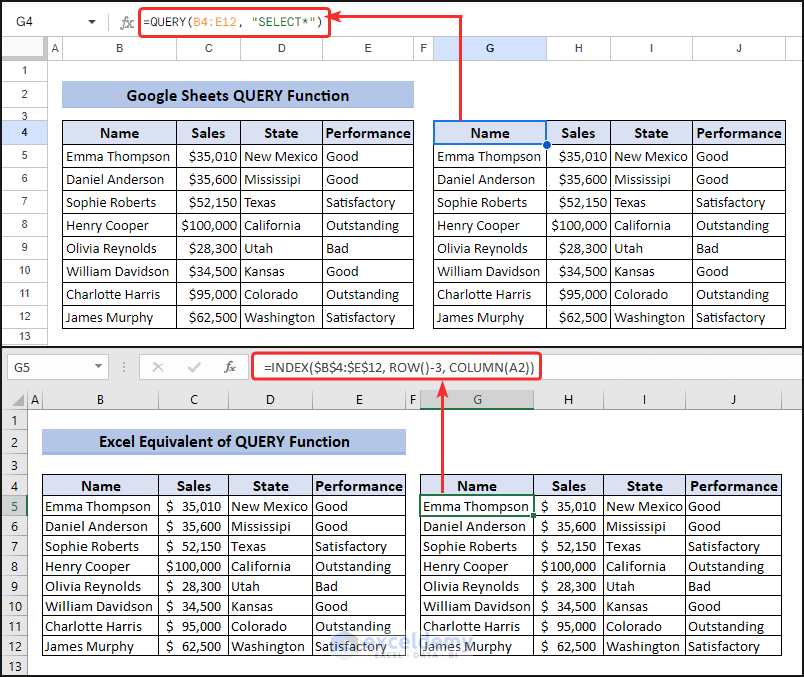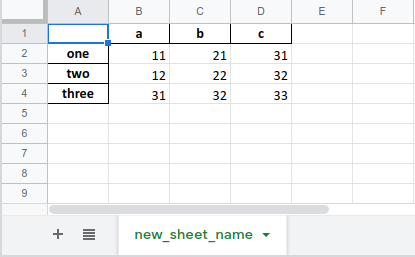5 Documents You Need for License Plates

When the time comes to register your vehicle and get your license plates, the process can seem overwhelming due to the various documents required. Having the correct paperwork in hand can expedite the process, ensuring you're ready to hit the road with your newly acquired plates. In this post, we'll explore the five essential documents you'll need to secure your license plates.
1. Proof of Ownership

At the heart of obtaining license plates is proving that you are the legal owner of the vehicle. Here are the documents that suffice:
- Vehicle Title: This document, often referred to as the “title,” proves ownership. In some states, you might also receive a bill of sale or other purchase documentation.
- Lease Agreement: If you’re leasing your vehicle, a copy of your lease agreement will act as proof of ownership.
- Manufacturer’s Certificate of Origin: If your vehicle is brand new and has never been registered, this serves as evidence of ownership.
2. Application for Vehicle Registration

After you’ve confirmed your ownership, you’ll need to fill out an application for vehicle registration. This form:
- Includes personal information like your name, address, and contact details.
- Provides details about the vehicle, such as make, model, year, and VIN (Vehicle Identification Number).
- Often requires a signature for accuracy verification.
3. Proof of Insurance

Vehicle registration comes hand in hand with the need for liability insurance. Here’s what you’ll need:
- An insurance card or policy declaration page showing the vehicle’s details, effective dates, and your personal details.
- Note that proof of insurance must be up-to-date to avoid any hiccups in the registration process.
🚧 Note: Not having insurance can lead to legal consequences and the vehicle will not be registered.
4. Emission Test Results

In many regions, part of the license plate acquisition process includes an emissions test to ensure your vehicle isn’t excessively polluting:
- A valid emissions test certificate indicating that your vehicle meets the required standards.
- Areas with stringent environmental regulations might have specific dates or windows for testing, so check your local requirements.
5. Identification Documents

Finally, you’ll need to prove who you are with identification documents. These can include:
- A valid driver’s license or other government-issued photo ID.
- In some states, an out-of-state license might be temporarily used if you’re new to the area.
- While not always required for plate issuance, you might need additional identification for proof of residency.
Securing your vehicle's license plates involves meticulous preparation. By having these five documents ready, you'll streamline the process, reducing the likelihood of delays. Remember to check with your local DMV or equivalent agency for any additional or specific requirements for your area.
Can I use an out-of-state license to get plates?

+
Yes, some states allow temporary use of an out-of-state driver’s license. Ensure you provide proof of residency to obtain your plates.
What if I’ve recently purchased a vehicle from a dealership?

+
Dealerships often handle registration on your behalf. However, you’ll still need the proof of ownership, insurance, and emissions certificate (if applicable).
Do I need an emissions test if my vehicle is new?

+
New vehicles typically receive an exemption from emissions testing for the first few years. Verify the exact period with your local DMV.



